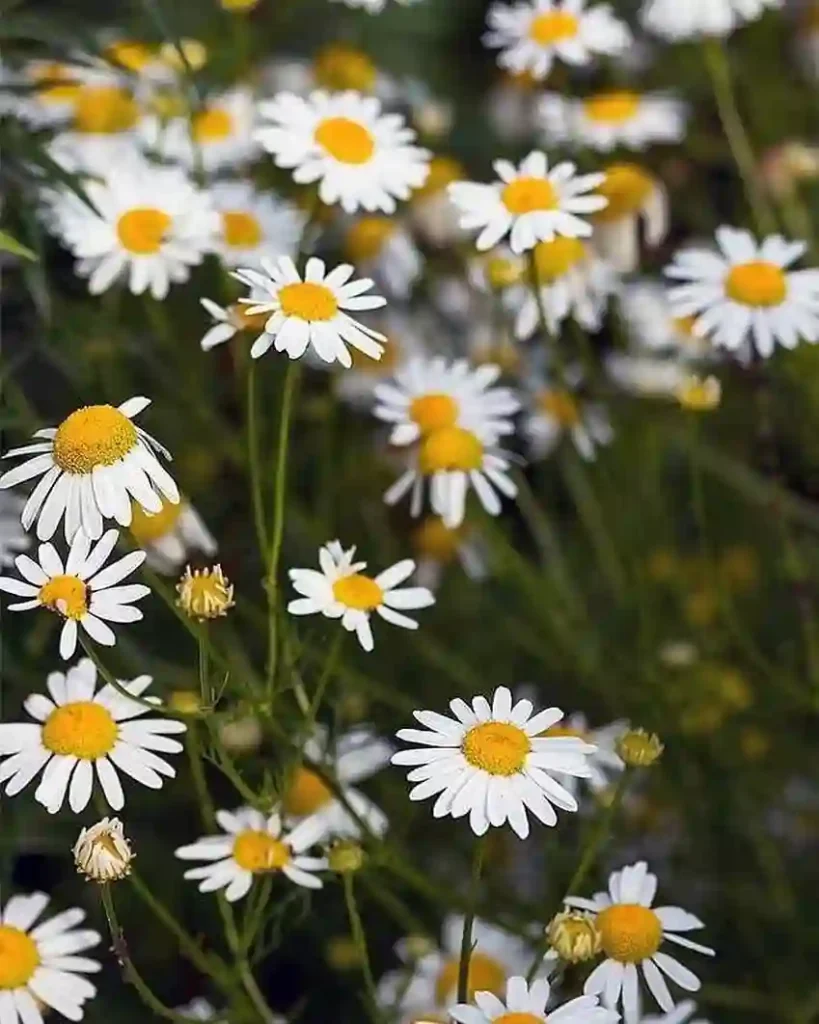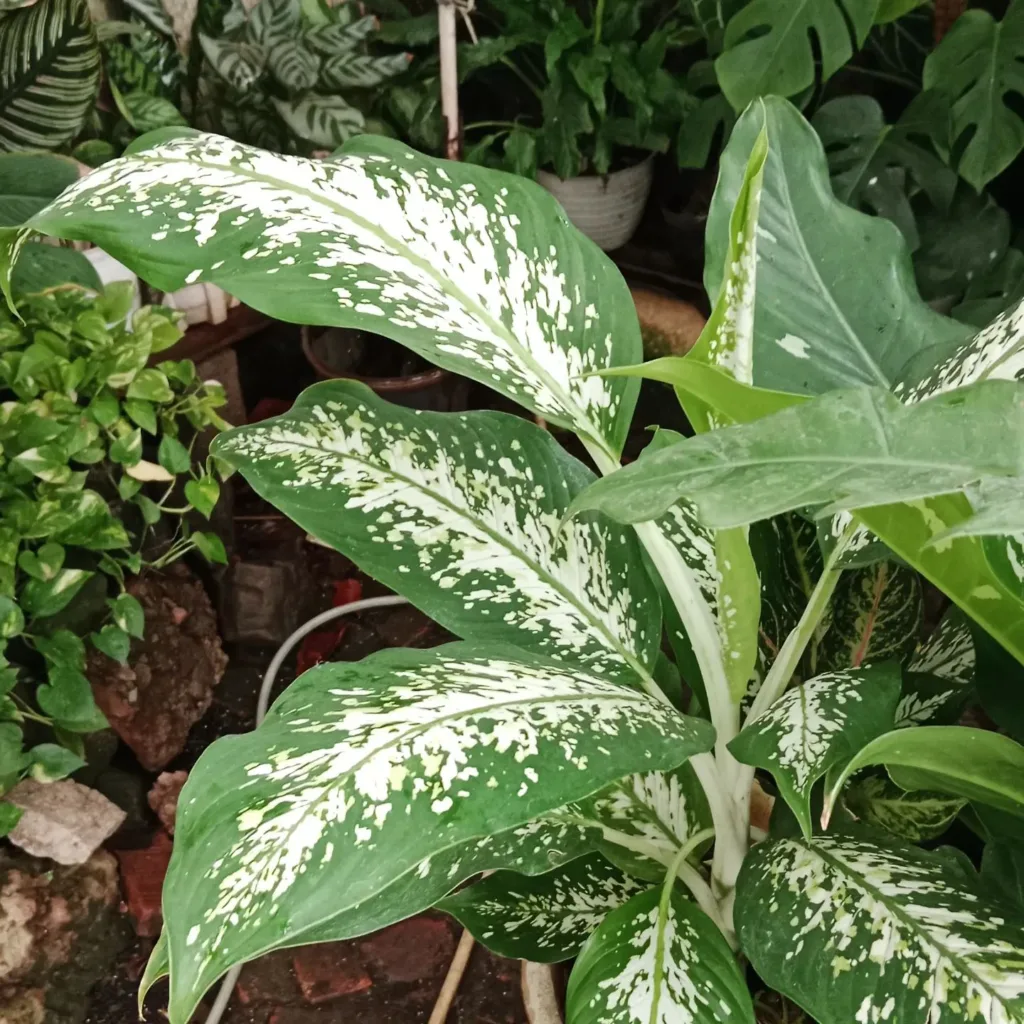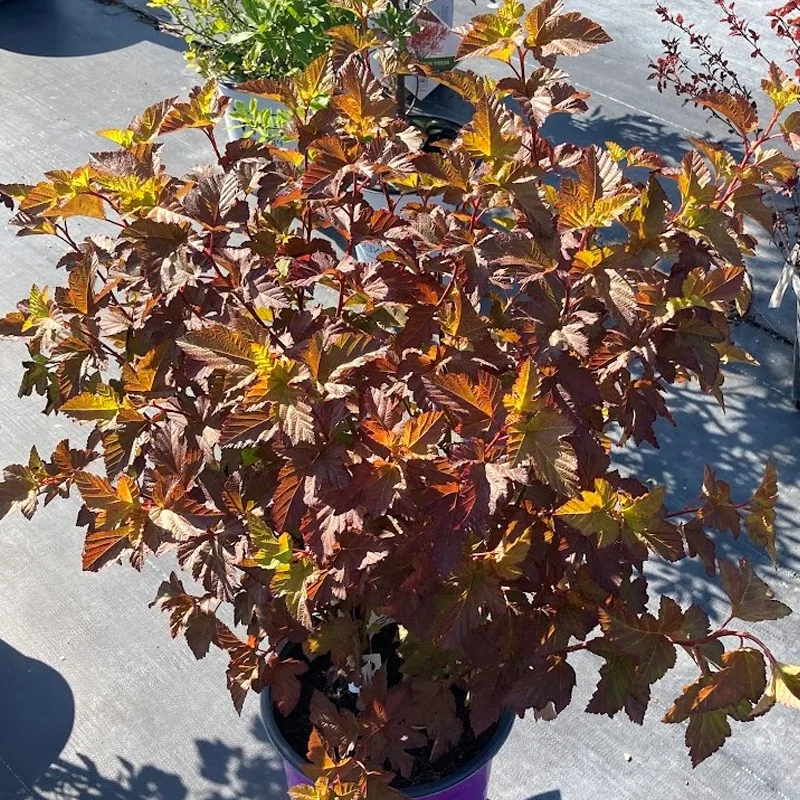My Fascination with the Saba Genus
As a botanist, I’m constantly drawn to the incredible diversity and resilience of plant life. One genus that has particularly captured my attention is Saba. This fascinating group of plants, belonging to the Apocynaceae family, is native to the unique environments of Madagascar, the Comoros, and mainland Africa. What intrigues me most about Saba is its ability to thrive in diverse habitats, from arid Sahel regions to the lush forests of Madagascar.
Unpacking the Saba Genus
Saba plants are characterized by their liana-like growth habit, often relying on tendrils to climb and scramble over other vegetation. Their leaves are a vibrant green, providing a stark contrast to the often dry landscapes they inhabit. When in bloom, Saba species produce delicate flowers, typically white or pale in color, adding a touch of elegance to their surroundings. These flowers eventually give way to fleshy, berry-like fruits, which play a crucial role in the ecosystem by providing sustenance for various animals.
Diving Deep into Saba Species
The Saba genus, while not particularly large, boasts a captivating trio of species, each with its own unique characteristics and distribution:
- Saba comorensis is a tropical climbing plant native to East Africa, particularly found in the coastal forests and riverine regions of Madagascar, Comoros, and parts of Tanzania. Known for its thick, leathery leaves and distinctive yellow to orange oblong fruits, S. comorensis is highly prized for its fruit, which is edible and has a mildly sweet, tangy flavor. The plant itself is also cultivated as a natural fence or for shade due to its vigorous growth and dense foliage. It’s a resilient species, able to thrive in both moist forested areas and more open, sunny environments, making it adaptable across a range of tropical climates.
- Saba senegalensis, also known as African wild custard apple, is native to West Africa, commonly found in countries like Senegal, Mali, and Ghana. This climbing shrub produces bright orange, round fruits that are widely consumed across West Africa, especially in rural areas where the sweet, tangy pulp is a popular snack. The plant is drought-resistant and typically grows in savannas and semi-arid regions, adapting well to challenging conditions. It also holds cultural importance, often used as a traditional remedy for digestive issues, and the seeds are sometimes processed for oil.
- Saba thompsonii is an evergreen liana commonly found in the rainforests of Central Africa, from Cameroon to the Congo Basin. It produces oblong fruits with a yellowish hue, similar to its Saba relatives, and is known for its robust climbing habit, often wrapping around trees in the dense canopy. While the fruit of S. thompsonii is edible, the plant is also valued for its fibrous bark, which is used locally to make ropes and other materials. This species thrives in moist, shaded forest conditions, preferring rich, loamy soils that support its fast growth and expansive spread.
The Importance of Saba
Beyond their ecological significance, Saba plants also hold cultural and economic value. In some communities, the fruits of Saba senegalensis, known as “weda” or “madd,” are consumed and even traded locally. The vines of certain Saba species are also used for their strong fibers, which are utilized in crafting ropes and other essential items.
Conservation Concerns
Despite their resilience, Saba plants, like many other species, face threats due to habitat loss and degradation. As human activities continue to encroach upon natural environments, it’s crucial to recognize the importance of conserving these unique plants. Protecting their habitats is not only essential for preserving biodiversity but also for ensuring the continued availability of resources for the communities that rely on them.
My Continued Exploration
My journey with the Saba genus is far from over. I’m eager to delve deeper into their biology, ecology, and ethnobotanical uses. By understanding these fascinating plants, we can gain valuable insights into the intricate relationships within their ecosystems and contribute to their conservation. I believe that the Saba genus, with its remarkable adaptability and diverse uses, holds a wealth of knowledge waiting to be uncovered. As I continue my exploration, I’m excited to share my findings and contribute to our understanding of this captivating group of plants.
If i die, water my plants!



